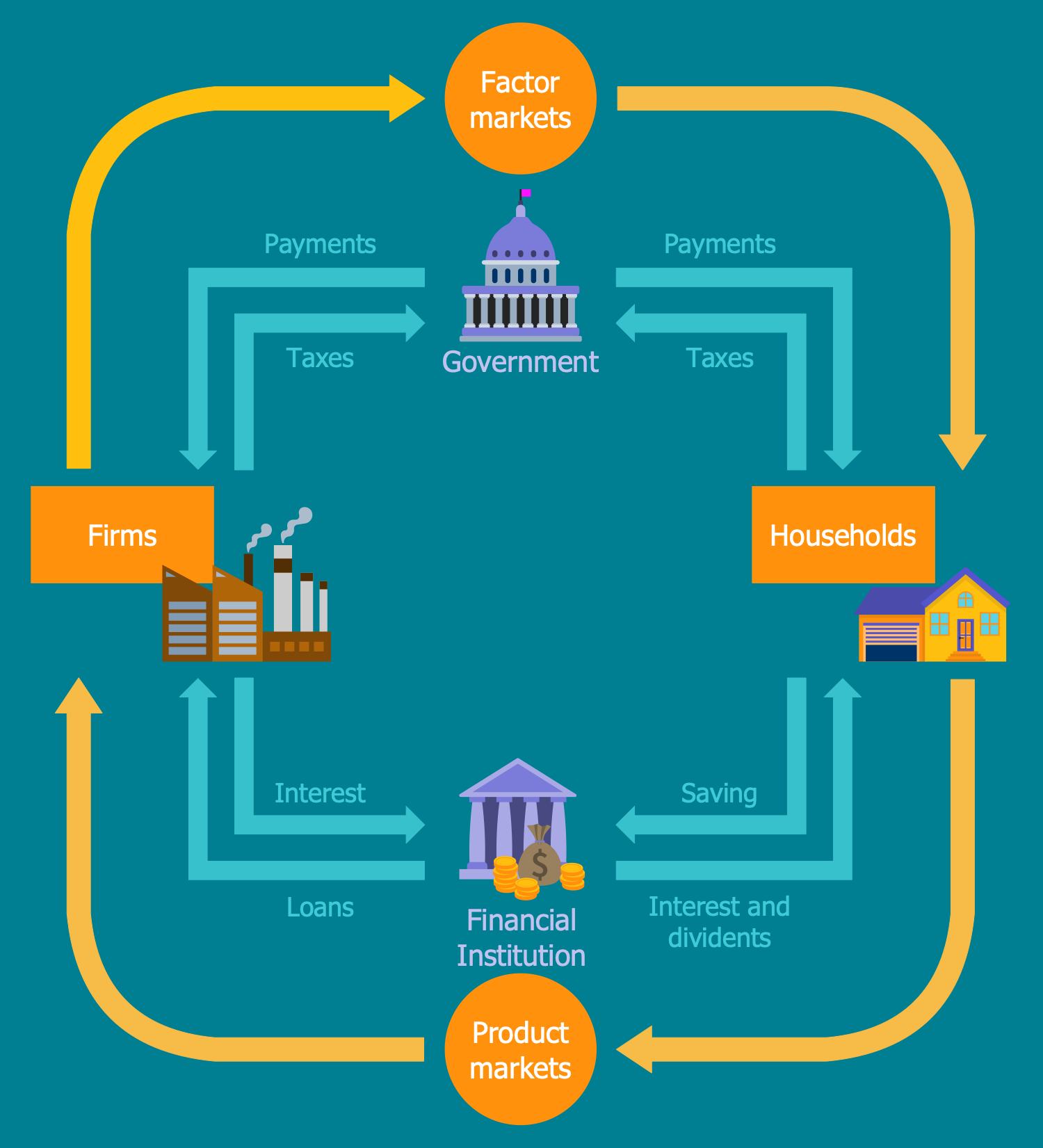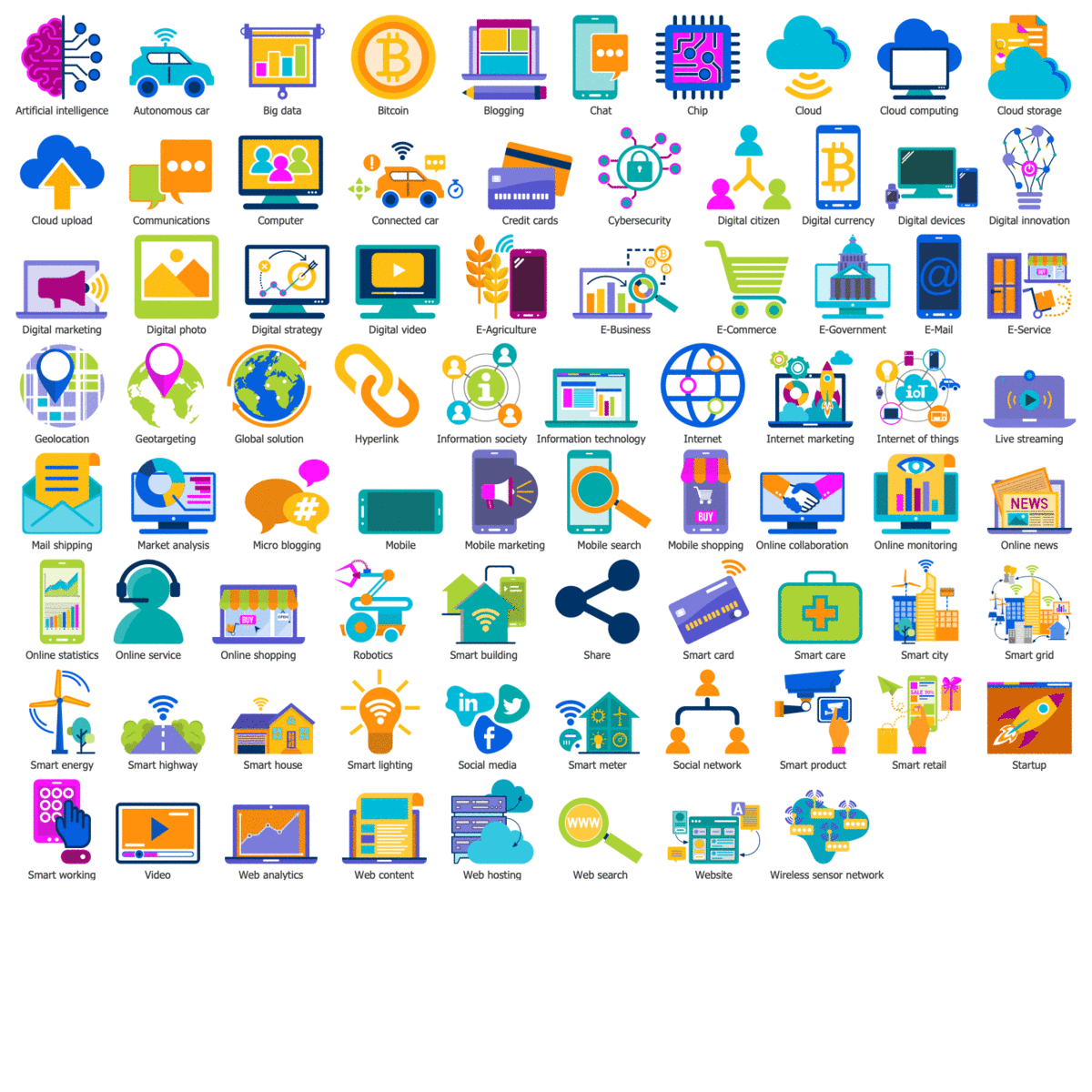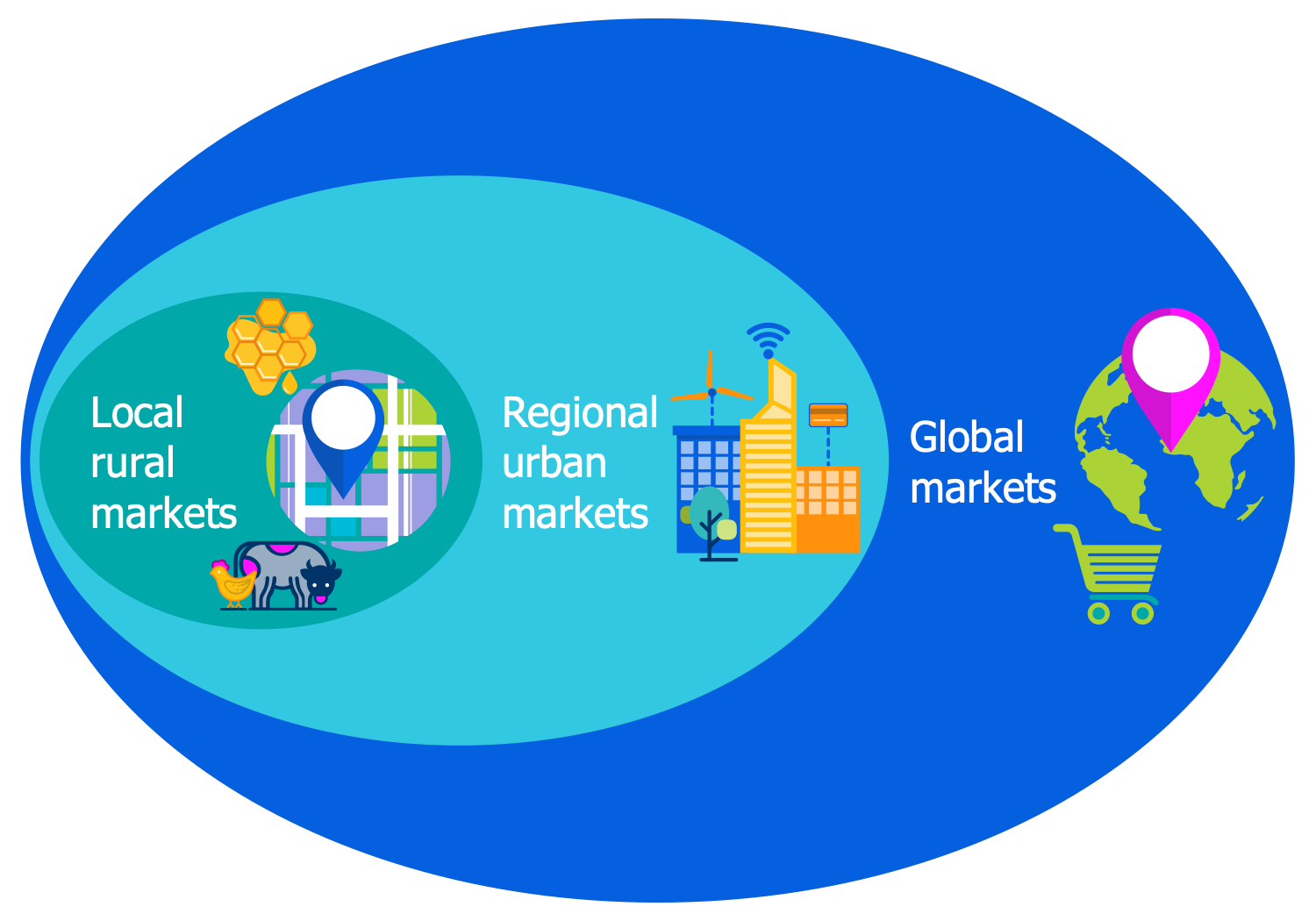Market Economy
A market economy is a market-oriented type of economic system. It supposes the existence of markets playing a dominant role in the allocation of capital and the factors of production. A market economy is characterized by: private ownership, self-interest, freedom of choice, competition, and system of markets and prices. Most goods and services are owned by individuals and private businesses, not by the government. The individuals have a permit to profit from private ownership of business and property, and can work for themselves. Their self-interest is one of the key factors for success of their businesses and market economy as a whole.
In conditions of a market economy, all major decisions are guided by supply and demand, by interactions of individual citizens, consumers, and businesses. The supply and demand direct the investment, production, pricing, and distribution of goods and services. The businesses in the market economy have wide freedom. They are free to produce, sell, and purchase goods as they want, according to government regulations. The government performs only a regulatory function, ensures the opening of markets and their stable, fair, and safe working. It controls the quality of products and their safety for consumption. The government's intervention or central planning can have a place, but absolutely insignificant.
Businesses have freedom of choice, free enterprise, are free to get and use resources to produce goods and services, and sell them in markets of their choice. Employees are free to seek any jobs, consumers are free to buy the goods and services they want. A market economy is a self-regulating and self-adjusting economy. Most economic decisions are made by consumers and sellers. A market brings consumers and sellers together. The businesses set the prices at their discretion. The competition is present among producers, the prices are influenced by it and kept low. The prices are decreased with the goal of attracting more consumers. As soon as demand increases, the prices in turn rise due to the law of demand. According to the changing desires and abilities of the market players, the production of goods is regulated.
The competition is also applied to employees and consumers. The employees compete for the highest-paying jobs, and consumers for the best products at the lowest prices. The competition breeds efficiency and ensures producing of the most desired goods and services. It gives consumers a choice and offers goods and services for the lowest prices they can find. The competition ensures the increased efficiency in the production and supply of goods and services, allows keeping prices fair. However market economy marginalizes businesses unable to compete, this contributes to inequality income.
Plus, a market economy encourages entrepreneurship, new ventures, innovations, market development and all this is rewarded with profits. It gives wide opportunities for attracting foreign investors and markets growth. In its turn, the market is motivated to sell offerings to the highest price.

Example 1. Economic System
Most developed countries have mixed economies and combine free markets with some government interference. However, it is considered they have market economies because the majority of their activities acts according to the market laws. There are also discussions regarding the amount of government intervention for ensuring optimal economic efficiency. The United States is the premier market economy in the world. It has more characteristics of a market economy than a command economy. The U.S. Constitution protects the ownership of private property, free enterprise, freedom of choice, and innovations as properties by establishing a copyright clause. It prohibits states from taxing each other’s goods and services, limits government powers by protecting people from unreasonable searches and confiscations.
Use ConceptDraw DIAGRAM with Economy Infographics solution to design accurate, unique, and professional-looking infographics and diagrams related to the market economy, its features and specifics in different countries, determinants of size of market, and more. You have the possibility to experiment with colors and designs to create the best economy infographics.
Example 2. Economy Infographics Solution - Libraries Design Objects
Economy Infographics solution offers 6 libraries with a large variety of pre-made vector design elements, icons, clipart, and symbols applied in economics:
- Digital Economy
- Economy
- Heavy Industry
- Light Industry
- Raw Materials
- Services
All objects are customizable, easily resizable without loss of quality and you have full freedom when designing your economy infographics.
Example 3. Local Regional and Global Markets
The infographics you see on this page were created in ConceptDraw DIAGRAM software using the Economy Infographics Solution and its pre-made pictograms and clipart. They successfully demonstrate the solution's capabilities and professional results you can achieve. An experienced user spent 10-15 minutes creating each of these samples.
Use the powerful tools of the Economy Infographics Solution for ConceptDraw DIAGRAM software to create your own infographics and diagrams of any complexity fast and easy, and then successfully use them in your work and personal activity.
All source documents are vector graphic documents. They are available for reviewing, modifying, or converting to a variety of formats (PDF file, MS PowerPoint, MS Visio, and many more graphic formats) from the ConceptDraw STORE. The Economy Infographics Solution is available for all ConceptDraw DIAGRAM users.

